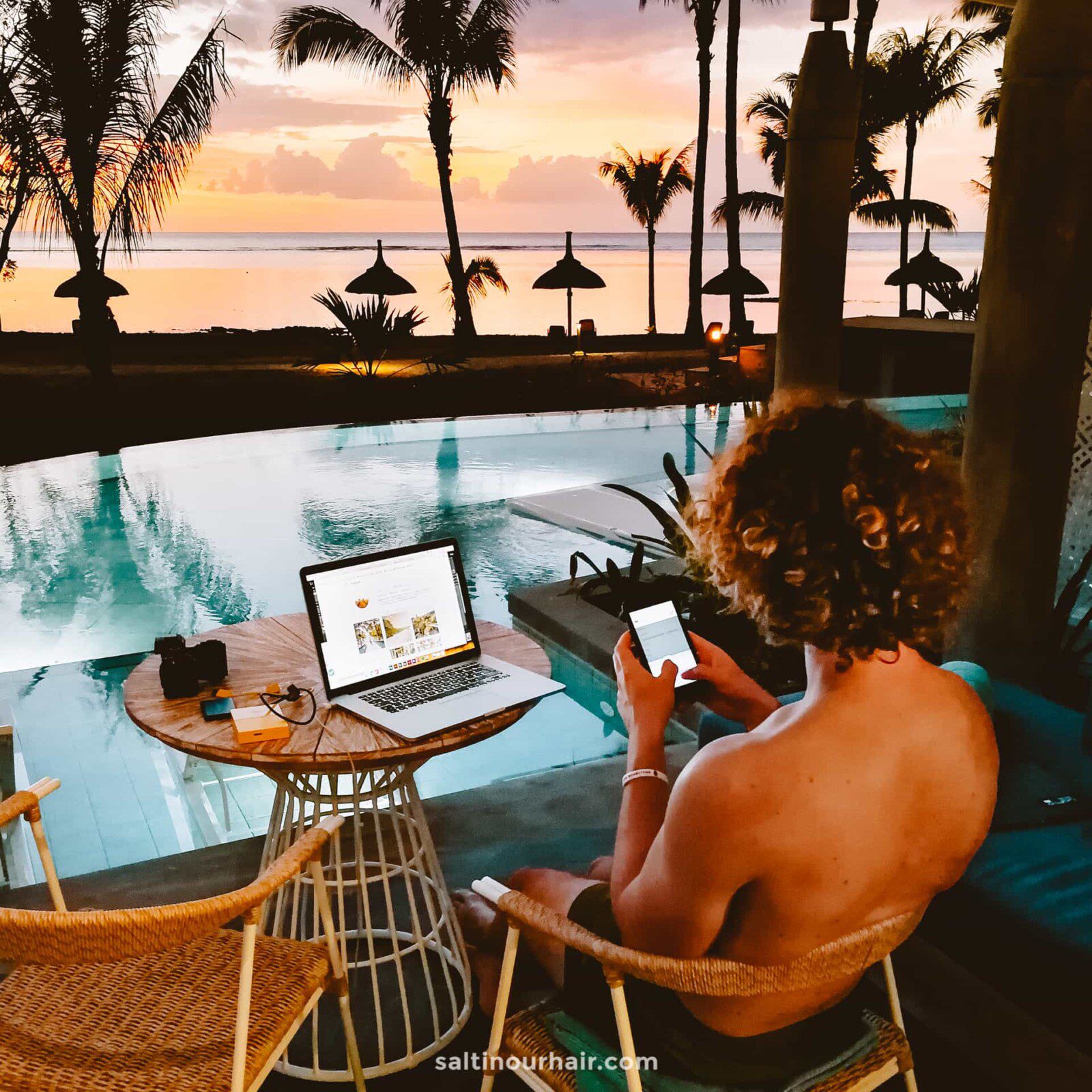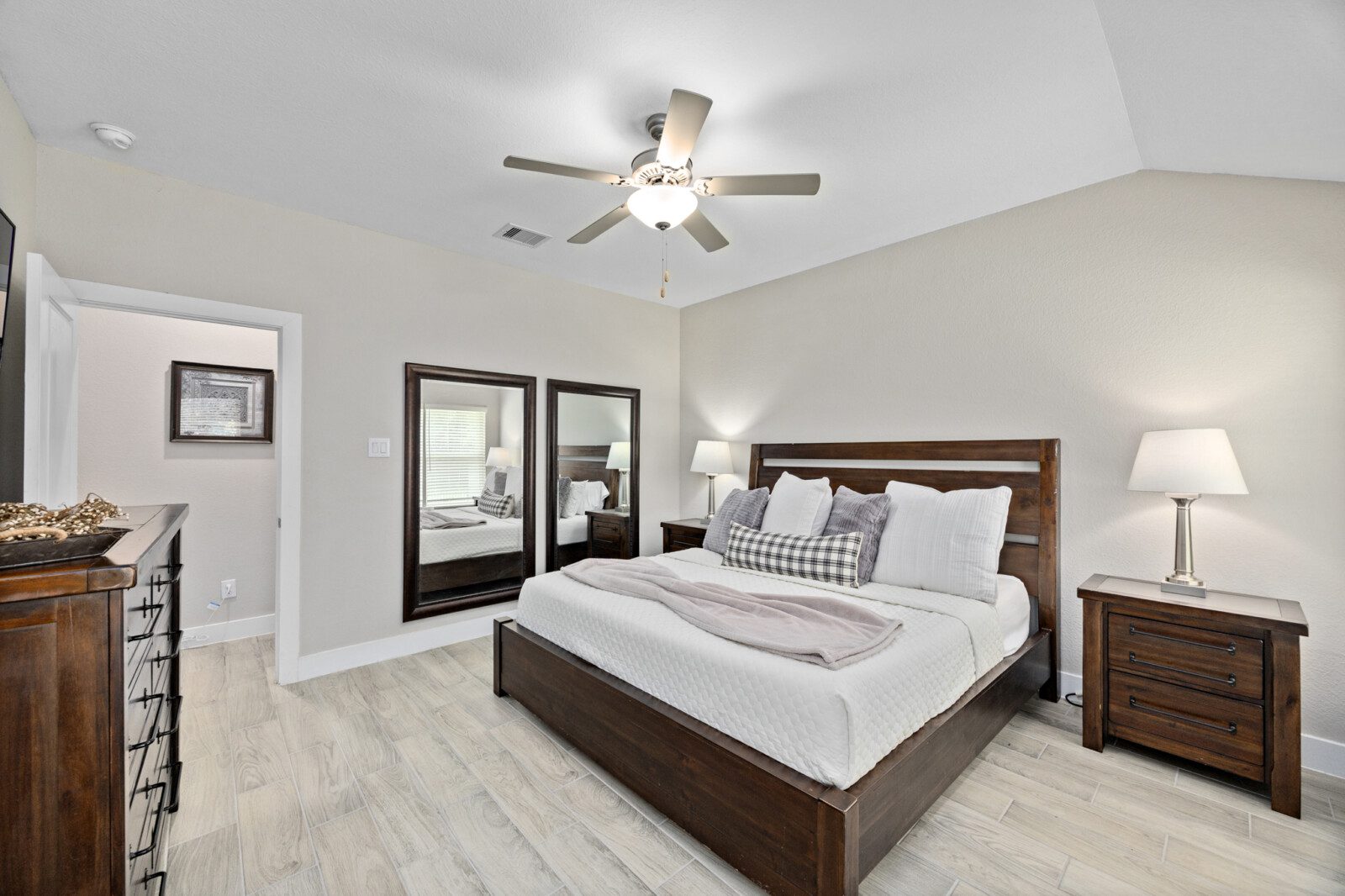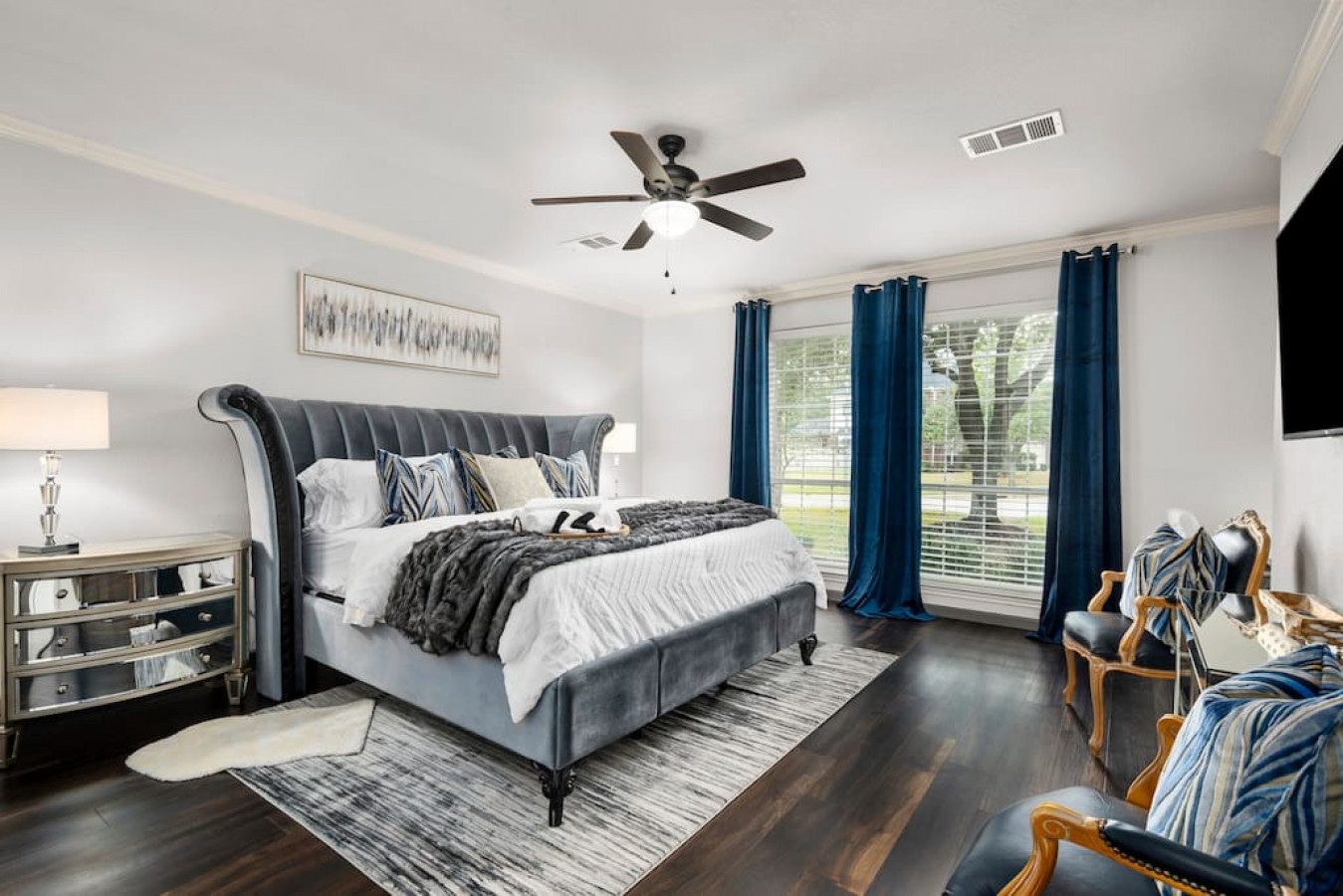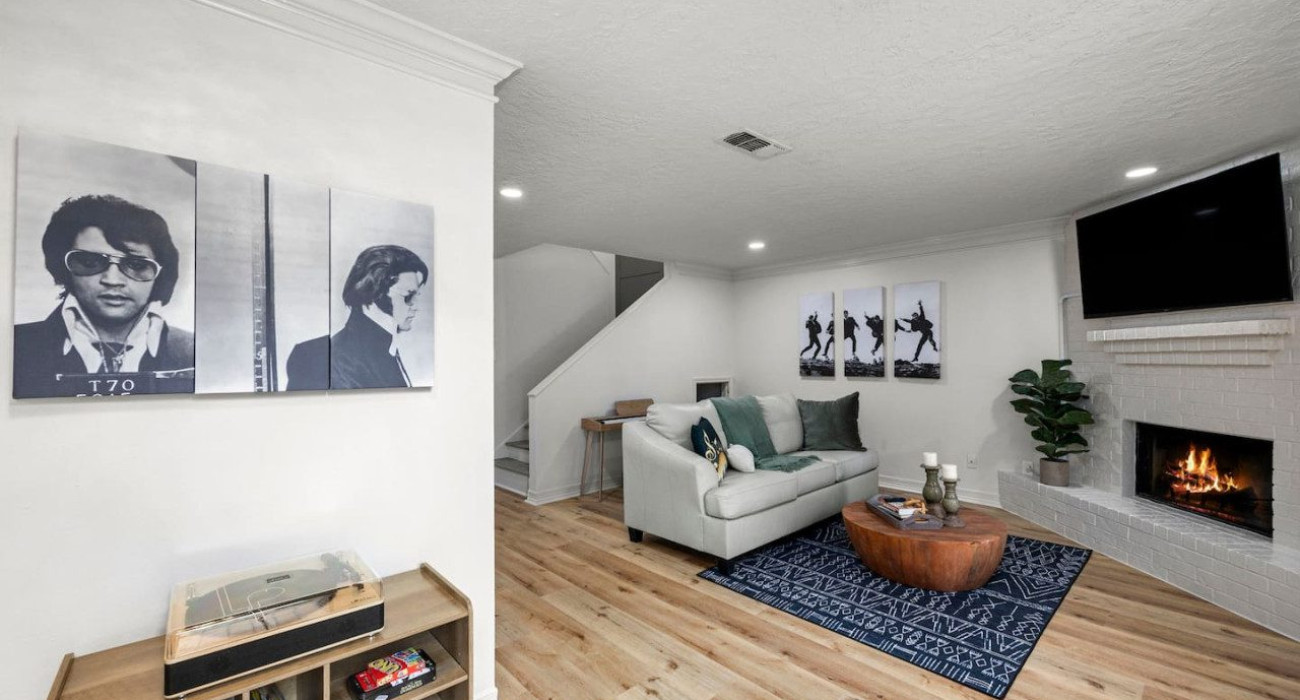In today’s visually driven world, travel is no longer just about where you go—it’s about how your experience looks and feels. With platforms like Instagram, Pinterest, and TikTok shaping the way we share memories, a powerful new trend has emerged: aesthetic travel design.
More travelers are choosing stays that look as good as they feel, valuing stylish, photo-ready environments that spark inspiration. But this movement isn’t just about getting the perfect shot—it’s about connection, creativity, and emotional well-being. Let’s explore the seven reasons why aesthetic travel design is redefining how we travel and what we value most in our getaways.
1. Social Media Has Made Visual Storytelling Central to Travel

Scroll through your Instagram feed and you’ll quickly see why aesthetic travel design has become so influential. Travelers no longer rely solely on guidebooks—they’re inspired by beautiful imagery that tells a story.
According to Condé Nast Traveler, destinations and hotels with strong visual appeal see higher engagement and recognition online. Guests want to capture that “Instagrammable” corner: a vintage reading chair, patterned tile, or golden-hour balcony view.
For property owners, this means design isn’t just decoration—it’s storytelling. A well-designed space invites guests to share their experiences visually, helping others imagine themselves there. In this sense, aesthetic travel design is both personal and promotional—it transforms memories into shareable art.
2. Visual-First Platforms Influence Booking Decisions
When travelers browse listings on Airbnb, Booking.com, or Expedia, what do they notice first? The photos.
In fact, Airbnb’s own data shows that listings with high-quality, design-forward photography receive more clicks and bookings.

This is where aesthetic travel design becomes a competitive advantage. Lighting, textures, symmetry, and cohesive color palettes can make a property visually irresistible. Each photo tells guests, “You’ll feel good here.”
Design that photographs beautifully doesn’t just please the eye—it builds trust and emotional connection. A visually consistent, well-styled space signals professionalism and care, helping potential guests confidently choose one property over another.
3. Travelers Want to Feel Like They’re in a Movie—Not Just a Room

Modern travelers crave emotion and escapism. They don’t just want a place to sleep—they want to feel transported. Whether it’s a 1920s Gatsby-style mansion, a boho desert retreat, or a minimalist waterfront villa, aesthetic travel design creates that immersive experience.
Architectural Digest notes that travelers increasingly seek spaces that “evoke a sense of story and character,” giving them a cinematic feeling of being somewhere special.
When the lighting, layout, and decor align, guests feel like they’re living inside a scene worth capturing. That emotional resonance makes them remember not just the destination—but the feeling of being inside beauty itself.
4. The Rise of the “Content Creator Traveler”

We’re living in the era of the everyday influencer. Travelers love documenting their experiences, whether they have a million followers or just a few dozen. This has given rise to what Skift calls “the creator economy of travel.”
Because of this, aesthetic travel design has become essential for vacation rentals and boutique hotels. Guests want spaces that inspire organic photography—think open-concept kitchens, cozy fire pits, and statement art walls.
When they tag your property and share content, they’re providing authentic, user-generated marketing. This symbiosis between design and social sharing amplifies reach, strengthens brand presence, and attracts like-minded travelers—all fueled by aesthetics.
5. Aesthetic Environments Influence Mood and Memory
Good design does more than look good—it feels good. Research from the Journal of Environmental Psychology shows that aesthetically pleasing spaces reduce stress and boost mood.

When travelers step into a well-designed property, their senses immediately relax. Natural light, calming color palettes, and thoughtful symmetry make the space feel harmonious.
That’s the secret behind aesthetic travel design—it connects the mind and body. Guests don’t just see the space; they feel it. And that emotional impact shapes memory, satisfaction, and word-of-mouth referrals.
When a stay feels restorative, travelers are more likely to return, leave glowing reviews, and share their positive experiences online.
6. Design-Driven Stays Are Redefining Hospitality Standards
In a crowded hospitality market, design is now a major differentiator. A study by Boutique Hotel News found that guests are willing to pay up to 23% more for properties that showcase exceptional design.

That’s why aesthetic travel design has evolved from a “nice-to-have” into a necessity. Modern travelers value the story a space tells—from handmade ceramics on the shelves to curated local art on the walls.
Even smaller spaces can make a big impression when designed thoughtfully. A creative lighting plan, unique furniture, and cohesive textures all elevate a guest’s experience and perception of value.
Hospitality is no longer just about amenities—it’s about a feeling of place. Aesthetic design helps properties express their personality, stand out online, and connect emotionally with guests.
7. Travelers Want Stays That Reflect Their Identity
More than ever, travel is about self-expression. People choose destinations and accommodations that align with their values and aesthetics.

Whether it’s a minimalist loft that matches their clean lifestyle or a vibrant coastal home that channels their adventurous side, aesthetic travel design lets travelers see themselves in the experience.
According to Forbes Travel Guide, this desire for personalization has driven a shift toward design-led stays that mirror individuality and aspiration. Guests want to say, “This place feels like me.”
When they share photos, they’re not just posting about where they stayed—they’re sharing a reflection of who they are.
The Takeaway: Visual Design Is the New Language of Travel
The rise of aesthetic travel design marks a turning point in hospitality. It’s no longer enough to have good amenities—travelers now seek environments that evoke beauty, connection, and story.
In a world driven by visuals, design becomes a language of emotion and identity. A home, villa, or boutique hotel that photographs beautifully becomes more than a destination—it becomes an experience worth sharing.
As Lonely Planet puts it, “travel today is as much about aesthetic inspiration as it is about exploration.” When spaces are thoughtfully designed, they capture hearts, cameras, and memories alike.
Final Thoughts
We live in an age where visual storytelling and emotional connection go hand in hand. Travelers are seeking more than comfort—they want immersion, inspiration, and beauty.
That’s why aesthetic travel design has become the heartbeat of modern hospitality. From the first photo that captures attention online to the final snapshot before checkout, design shapes every step of the journey.
For hosts, property managers, and designers, investing in visual harmony isn’t just about attracting guests—it’s about creating experiences that people feel compelled to remember and share.
In short: when design tells a story, every traveler becomes the storyteller.
